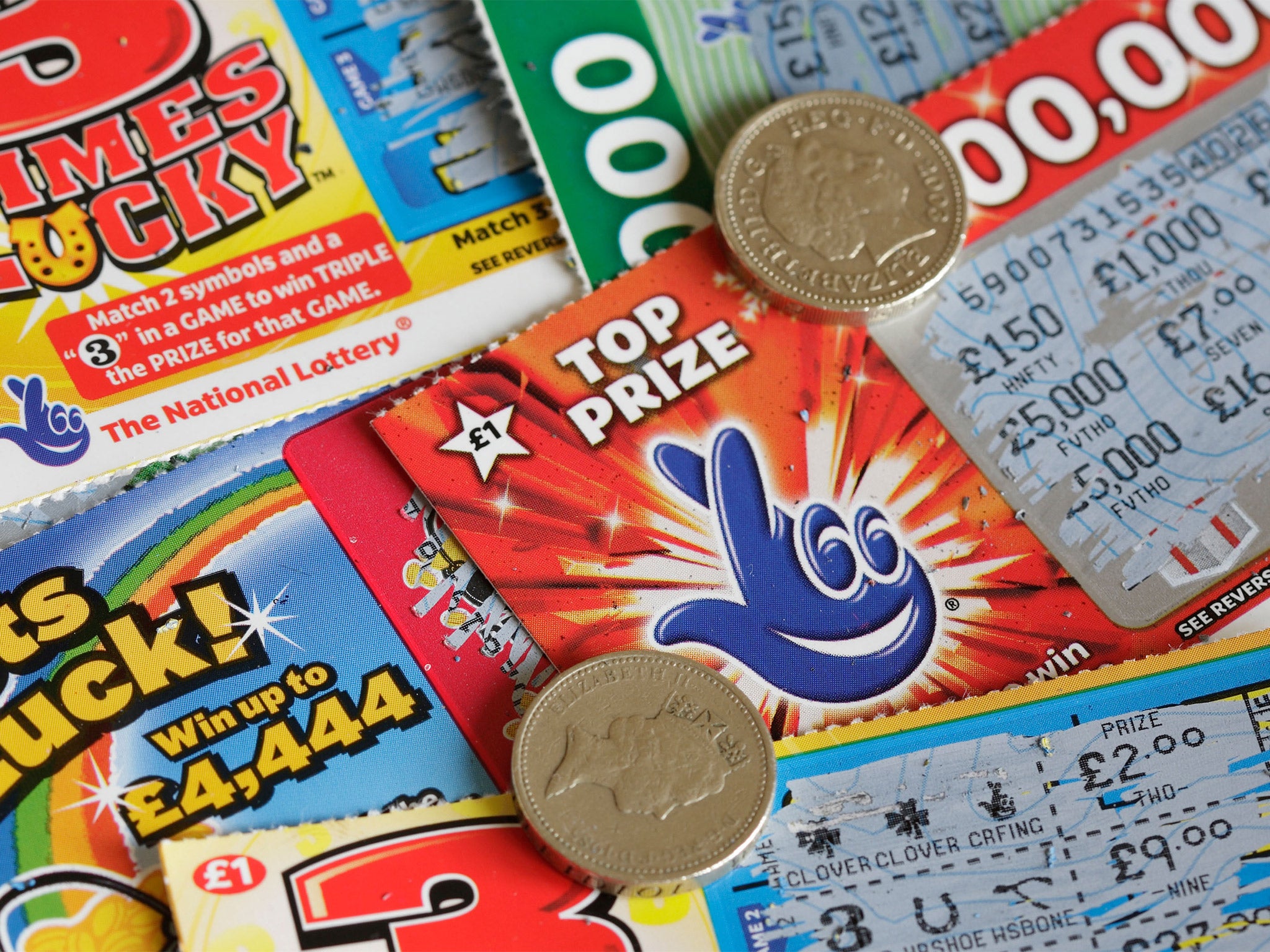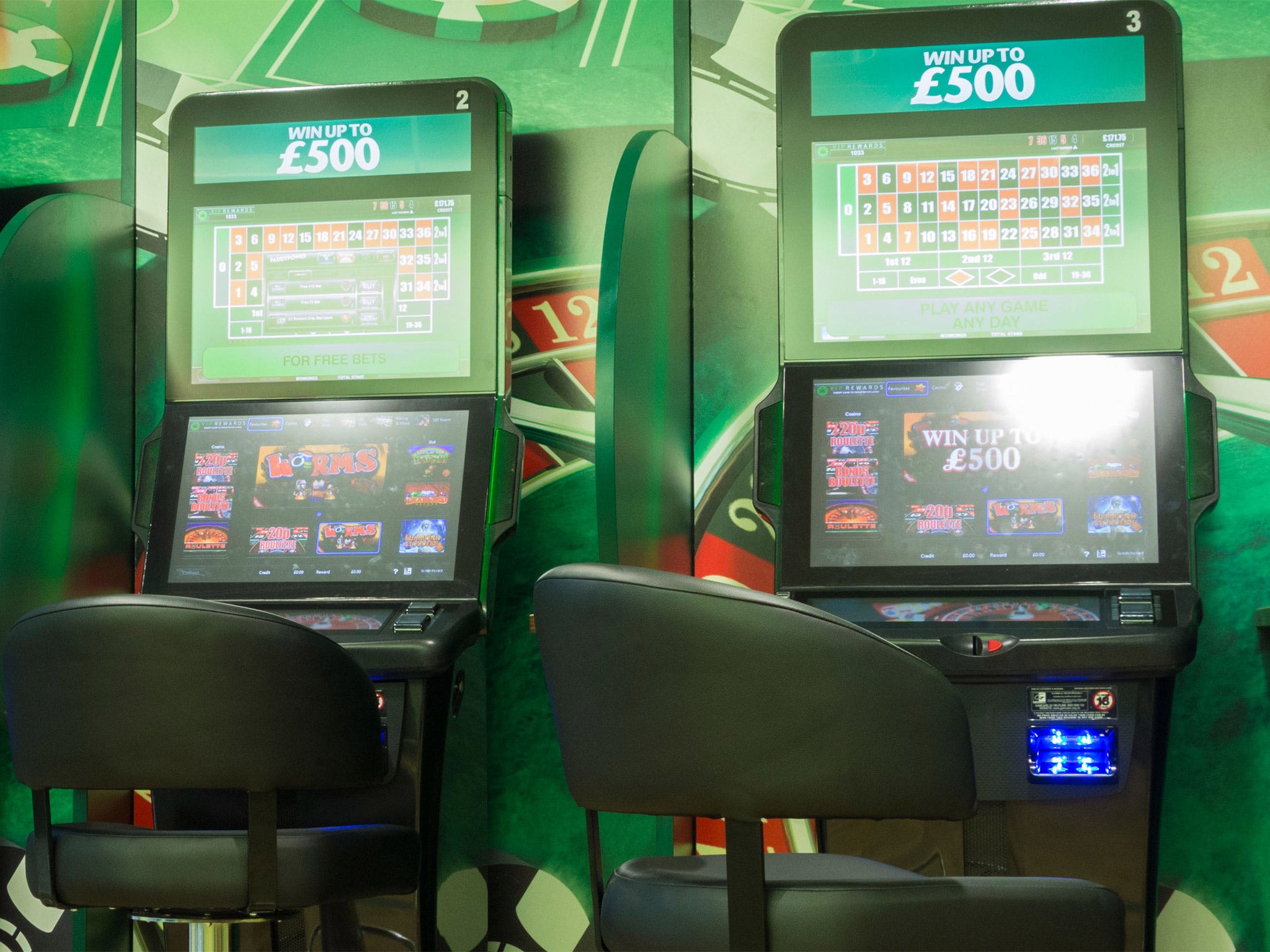Betting: How a labelling system could make it safe to gamble
The time has come to adopt a prevention-is-better-than-cure policy and help the unwary avoid the gambling trap

Your support helps us to tell the story
From reproductive rights to climate change to Big Tech, The Independent is on the ground when the story is developing. Whether it's investigating the financials of Elon Musk's pro-Trump PAC or producing our latest documentary, 'The A Word', which shines a light on the American women fighting for reproductive rights, we know how important it is to parse out the facts from the messaging.
At such a critical moment in US history, we need reporters on the ground. Your donation allows us to keep sending journalists to speak to both sides of the story.
The Independent is trusted by Americans across the entire political spectrum. And unlike many other quality news outlets, we choose not to lock Americans out of our reporting and analysis with paywalls. We believe quality journalism should be available to everyone, paid for by those who can afford it.
Your support makes all the difference.It is hard to believe that just over 20 years ago it was illegal to advertise gambling in the UK. Betting shops and casinos existed but were effectively banned from promoting their activities.
Then in 1994 along came the National Lottery and all of a sudden gambling became “a good thing”. There were even plans for a Las Vegas-style super-casino in Manchester that was seen as a salvation for the area. This was ditched but we do now have a vast super casino. It’s called Britain.
People can gamble anywhere and any time – on their TVs, computers, phones, down the pub, in the supermarket or corner shop.
Roulette and blackjack, games that used to be confined to casinos, are now available on thousands of machines in 9,000 betting shops. Drop by any local bookie’s and it is a fair bet that you will find the needy and greedy feeding machines with what is left of their wages.
It is no surprise that this has created a new generation of gambling addicts estimated at around half a million.
Last week it emerged that the apparent epidemic has become so severe that doctors are referring those afflicted to the National Problem Gambling Clinic in London, that is prescribing patients the anti-craving drug naltrexone, a concoction that is normally used to combat drug or alcohol dependence.
Perhaps the time has come to adopt a prevention-is-better-than-cure policy and help the unwary avoid the gambling trap.
Compulsory labelling: How it could work
Scratchcards
- Stakes: £1/£2 MEDIUM (coloured amber)
- Speed:not applicable (no colour or neutral)
- House edge: 50% HIGH (coloured red)
- Potential loss: MEDIUM (coloured amber)
Casino slot machines
- Stakes: 50p - £1 LOW (coloured green)
- Speed: FAST (red)
- House edge:10-12% (amber)
- Potential loss: MEDIUM (amber)
Fixed-Odds Betting Terminals
- Stakes: £1-£50 – LOW to HIGH (coloured green shaded to red)
- Speed: Two games per minute – FAST (coloured red)
- House edge: 2.7 per cent – LOW (£2.70 per £100 staked) (coloured green)
- Potential loss per hour: HIGH (coloured red)
Here’s the plan: every form of gambling product should carry a prominent label that explains simply what is involved. This would include everything from slot machines in pubs to casino games, betting shops and lottery counters in supermarkets. And the operators should foot the bill.
Food, alcohol, tobacco, clothes – almost everything on the market has a label saying what is in it.
Labels are not a bad idea really because they help people who don’t understand much about diet, for example, to avoid eating stuff which may be bad for them.
Ignorance is one of the reasons why people get into trouble gambling. People have a passing acquaintance with mathematics but when it comes to the complex bits they are basically innumerate. And when it comes to comprehending probability theory, one of the main ingredients of gambling, they understand even less.
This is not surprising as probability theory receives scant attention in the national curriculum. However all is not lost. Most people can recognise a bad deal when they see one. The problem is that some types of gambling offers are so subtle it is well nigh impossible for the player to work out what he is up against.
A label would tell potential punters in simple terms.
So what “ingredients” of a gambling product should go on the label? Here are some suggestions: The minimum and maximum stakes for one; the speed of the game (how many goes per minute) for another; and perhaps a combination of the two could be expressed as a potential loss over a standard period of say one hour.
But most important would be the house edge percentage. This is the level of the favourable odds that work on behalf of the operator. It is a levy on the stakes bet by players and the source of the operators’ profits. The smaller the percentage that the operator keeps the better the players’ chances of winning.
This figure could be quantified as a cash amount dependent on the total amount wagered. At roulette for example there is a house edge of either 1.35 per cent or 2.7 per cent and this could be expressed as a cost of £1.35 or £2.70 for every £100 bet.

Using the same criteria to quantify the value of National Lottery tickets indicates rather poor gambling value. Spend £100 on lottery tickets and only half the money comes back in prizes.
All the labels’ ingredients could be colour-coded so an array of green numbers would indicate a low-stakes game at a medium pace with a percentage that gives the participants a chance of success.
Numbers on red or amber backgrounds would indicate dangerously high stakes, fast games that accelerate losses and punitively high house edges. Many gambling products on the market would be highlighted as financially toxic – a rip-off.
The idea of labelling all gambling products may seem fanciful but in fact the industry is half way there already. In the UK’s casinos leaflets are available that list the house-edge percentages for all games and the various bets that can be made.
In betting shops the dreaded fixed-odds betting terminals that are blamed for the increase in problem gambling do in fact list the percentage takeouts of the games they offer. However these require a bit of finding and are generally at the end of the help menus rather than upfront and in-your-face, where they might have a bit more impact.
Join our commenting forum
Join thought-provoking conversations, follow other Independent readers and see their replies
Comments